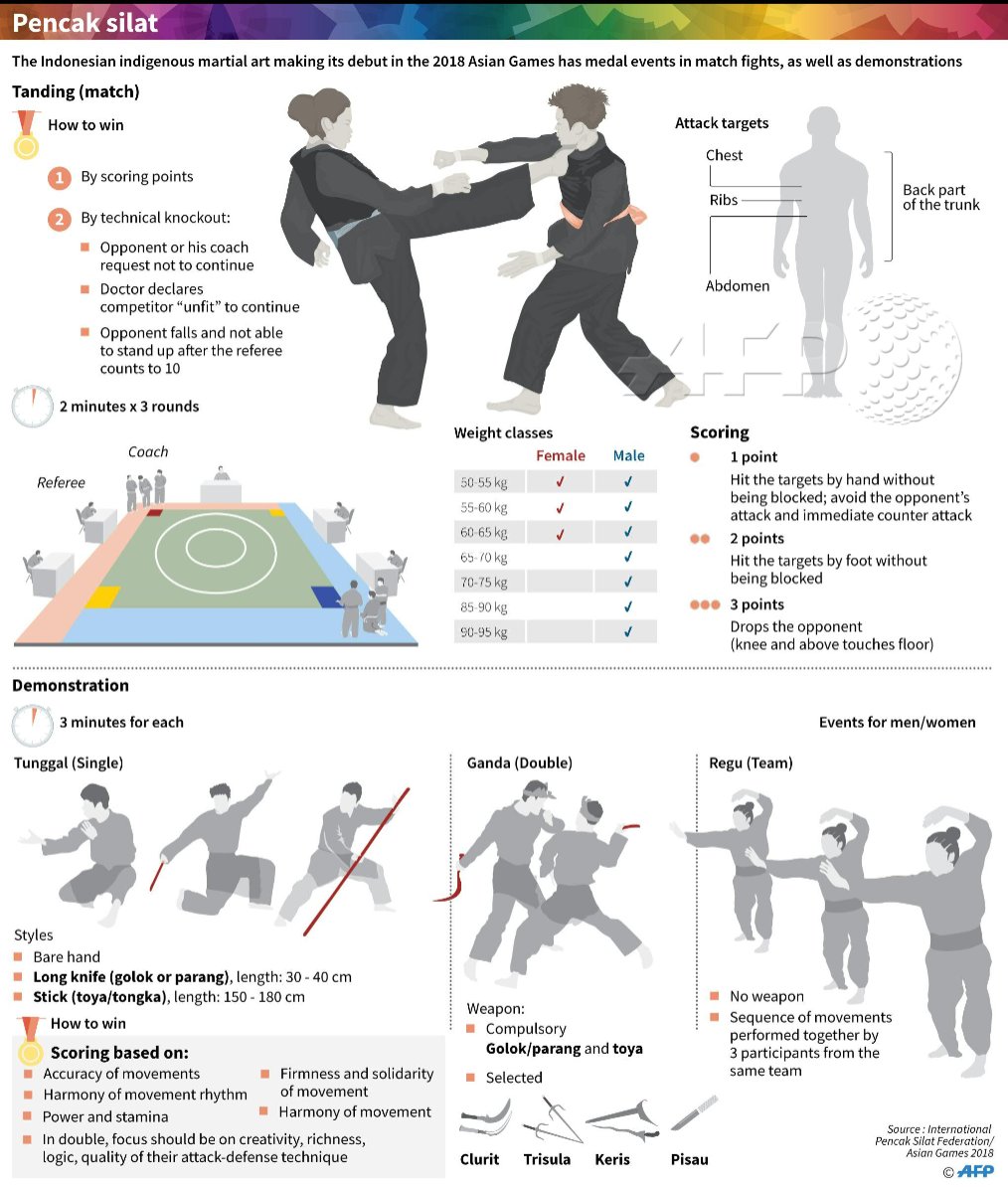The Worldwide Background And Makeover Of Martial Arts
The Worldwide Background And Makeover Of Martial Arts
Blog Article
Article Writer-Kaufman Ebsen
Martial arts have an interesting background that covers centuries and continents. youth martial arts classes near me may discover it appealing just how ancient practices like Shuai Jiao and Kalaripayattu laid the groundwork for modern-day combat methods. These techniques not just highlight physical skills yet additionally reflect the cultures that birthed them. As you discover their evolution, think about exactly how globalization has transformed these conventional forms right into hybrid styles. What influences do you think have shaped today's martial arts landscape?
Ancient Martial arts: The Structures of Combat
As you look into the world of old martial arts, you'll uncover the rich foundations that formed combat methods throughout cultures. Early methods concentrated on Self-Defense and survival, commonly incorporating strikes, grappling, and weaponry.
In ancient China, for example, methods like Shuai Jiao emphasized throws and joint locks, while India's Kalaripayattu showcased agility and fluid motion. Japanese samurai developed Kenjutsu, a refined swordsmanship that highlighted self-control and strategy.
These martial arts served not just for fight yet additionally as a means of individual development, instilling values like regard and perseverance. The mixing of these strategies with time laid the groundwork for the varied martial arts you see today, each mirroring the special viewpoints and needs of its culture.
The Cultural Impact on Martial Arts Development
While martial arts usually show the useful requirements of a society, they also embody the cultural values and ideas of their origins. When you discover different martial arts, you'll notice how they're affected by religion, philosophy, and social norms.
For example, the emphasis on respect and discipline in Japanese martial arts originates from Zen Buddhism and samurai culture. In contrast, Brazilian Jiu-Jitsu advertises adaptability and approach, shaped by the need for effectiveness in a diverse, multicultural atmosphere.
You could discover that the rituals, attires, and training approaches reflect a neighborhood's history and identification. By recognizing these social impacts, you deepen your gratitude of martial arts and their role fit human experiences across the globe.
Modern Adaptations and the Globalization of Martial arts
Martial arts have transformed dramatically in recent decades, adapting to contemporary society and global impacts. You'll discover that conventional types have combined with modern-day strategies, developing hybrid styles like MMA. These adjustments deal with diverse target markets, making martial arts accessible and enticing around the world.
With the surge of social media sites and digital platforms, you can discover tutorials and competitors from all edges of the globe, breaking geographical barriers. why bullfighting should not be banned has actually led to a shared recognition for different self-controls, from Brazilian Jiu-Jitsu to Taekwondo.
As you engage with these arts, you'll recognize they're not practically battle; they promote fitness, discipline, and psychological health.
Eventually, modern adjustments have improved the martial arts landscape, making it a dynamic and advancing practice.
Final thought
In discovering the history and development of martial arts, you discover a remarkable blend of strategies, societies, and viewpoints. From ancient disciplines like Shuai Jiao and Kalaripayattu to the modern flexibility seen in MMA, martial arts reflect humanity's mission for Self-Defense and personal development. As you involve with these techniques, you not just gain skills but additionally a much deeper gratitude for the varied traditions that shape our globe today. So, continue your trip and accept the art of battle!
